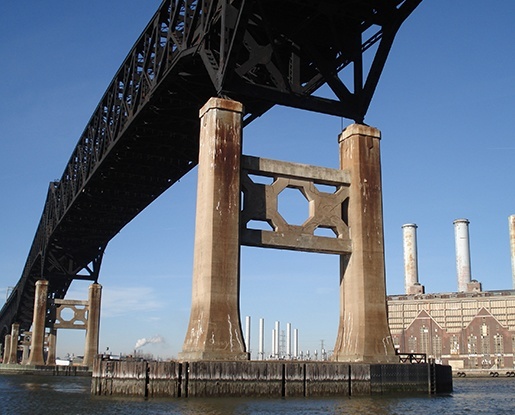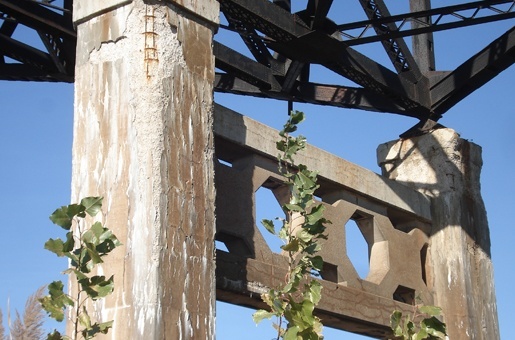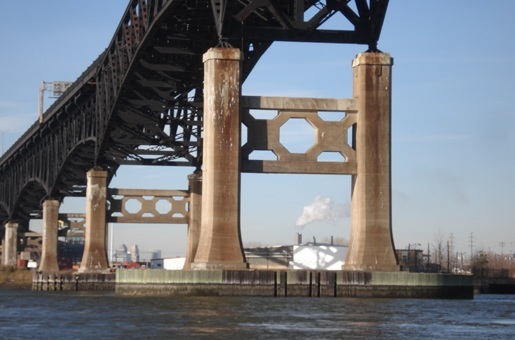

Pulaski Skyway Substructure
About the Pulaski Skyway
The Pulaski Skyway is a landmark structure located between Newark and Jersey City consisting of two bridges that span over the Passaic and Hackensack Rivers. Opened to traffic in 1932, the 18,480 ft long steel truss bridge consists of 4 lanes and 118 sections. The landmark structure was built as part of the transcontinental Lincoln Highway and was among the first limited access “super highways” in the United States.
Infrastructure Preservation Objectives
The New Jersey Department of Transportation (NJDOT) announced in 2007 an interim renovation project to conduct critical repairs on the structure. During this work, it was determined that the repairs needed were more extensive than expected. In 2011, this scope expanded into a major rehabilitation project to ensure the serviceability of the structure for an additional 75 years. A significant portion of this work involves concrete piers that support the bridge spans for most of the bridge length and which show signs of degradation.
SIMCO’s Scope of Work
SIMCO was hired to perform a durability analysis on the concrete substructure of the Pulaski Skyway. The analysis involves a field investigation, laboratory testing and theoretical calculations performed with SIMCO’s STADIUM® predictive modeling tool. The main objective of the study is to assess the condition of the concrete substructure and provide possible repair options in order to extend the service life by 75 years.
SIMCO’s scope of work includes a review of the bridge plans and inspection documentation, a field investigation of the concrete composing the substructure, the coordination of coring operations, and standard and specialized laboratory testing to provide information on the quality of the in-place concrete.
SIMCO provided detailed forensics of the concrete coupled with advanced service-life predictions for a better understanding of the future condition of the concrete substructure elements. Maintenance and repair options were assessed as well as the performance and cost were evaluated for each repair scenario to ensure the selection of the most cost-effective solution.
Quick Fact
The most effective repair and maintenance options were recommended to reach a 75-year service life required by the New Jersey Department of Transportation.


